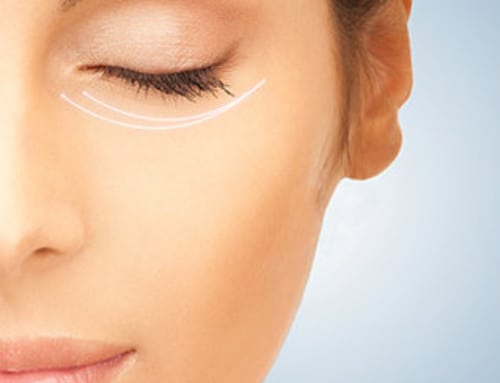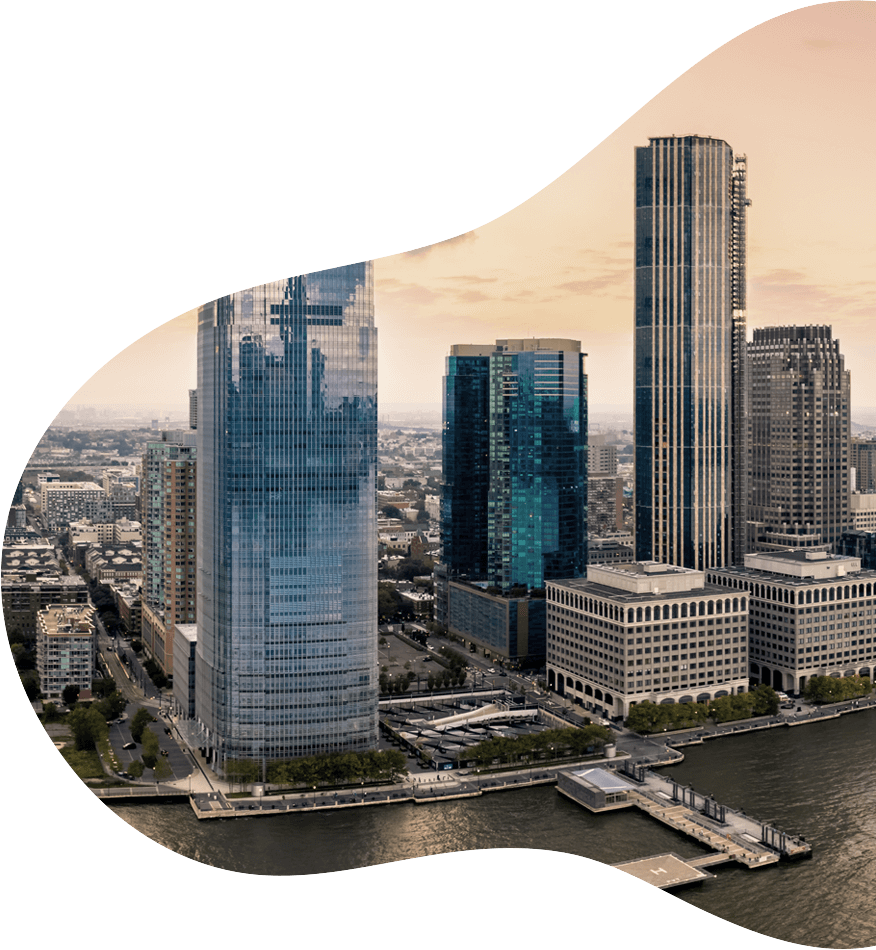
Face Procedures
By: Dr. Vasisht
Eyelid surgery (known as blepharoplasty) is a corrective procedure that can reduce dark circles or “bags” under the eyes, remove excess wrinkles, and provide a more youthful appearance to the eyes. One of the first things noticed about a person is their eyes. During the aging process, wrinkles, lines, and puffiness contribute to a tired or aged appearance. The blepharoplasty surgery is often performed in conjunction with other facial procedures such as a face lift or rhinoplasty (nose surgery).
Reasons for considering eyelid surgery:
- Dark circles or bags (fat deposit) under the eyes.
- Excessive skin or wrinkles surrounding the eyelids.
- A tired appearance or puffiness due to inherited factors.
General procedure
For upper eyelid surgery, generally an incision is hidden within the natural fold of the upper eyelid and extends slightly beyond the outside corner into the laugh lines or other existing creases. Through this incision, excess skin and fatty tissue are removed. Because the incision follows the natural contour of the upper eyelid, it usually is inconspicuous and heals well.For lower eyelid surgery, often an incision is hidden just below the lower lashes. Through this incision, excess skin, muscle and fat are removed, or fat may be redraped to eliminate puffiness or bulges. This contouring procedure is a novel way to treat the excessive bulging fat pads in the lower eyelids. This resotres a youthful fullness to the lower eyelid. Other adjustments to correct special problems such as muscle laxity may be performed. As in upper eyelid surgery, placement of the incision in natural crease lines allows for the scar to usually heal in an inconspicuous fashion.
When excess skin is not the issue for a patient, Dr. V may opt to use a transconjuctival approach. This avoids any scarring in the lower lid skin area. The incision is placed on the inner side of the lower eyelid. This avoids scars on the outer aspect of the eyelid.
How long does the surgery take?
The surgery generally takes about two hours and is performed in the physician’s office or a surgery center. This can be done with local anesthesia with sedation in the office. General anesthesia is sometimes used when other procedures are performed in conjunction. If additional cosmetic procedures are being performed, the eyelid surgery could last longer.
What are the risks of this type of surgery?
As is true for most surgical procedures, infection and bleeding (hematoma) can occur post surgery. There may be bruising, swelling, numbness and scarring that can occur. After the surgery, there may be dryness and irritation of the eyes. Precautions are taken before the surgery to prevent these complications. In general, complications are extremely rare and careful pre-operative assessment is the key to prevention.
Recovery process
Normally, post-operative instructions call for plenty of rest and limited movement in order to speed up the healing process and reduce the recovery time. Patients sometimes report minor pain associated with surgery which can be treated with oral medication. While complications are rare, patients can minimize the risk for potential problems by carefully following the post-operative directions given after the surgery. The healing process for this procedure is slightly longer than most other forms of cosmetic surgery; however, the benefits are long-lasting. Patients will have a more rested and youthful appearance.42 year old female with tired appearing eyelids. She underwent surgical eyelid rejuvenation, also know as Blepharoplasty, to improve this condition. She now has natural and less tired appearing eyes.53 year old female with baggy appearing eyelids. She now has a more rejuvenated appearance to her whole face just by improving her eyelids.55 year old male patient with heavy and mechanically tired looking eyelids. He underwent a bilateral blepharoplasty of his upper and lower eyelids with marked improvement noted.

